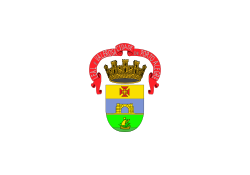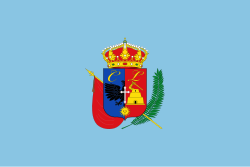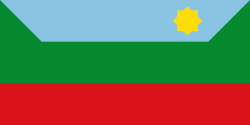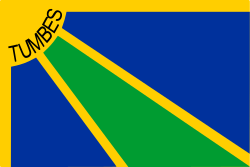This page lists the city flags in South America. It is a part of the Lists of city flags, which is split into continents due to its size.
Contents
- Argentina
- Bolivia
- Brazil
- Colombia
- French Guiana
- Guyana
- Paraguay
- Peru
- Historical
- Uruguay
- Venezuela
- See also
- References
- External links

































































































































































































